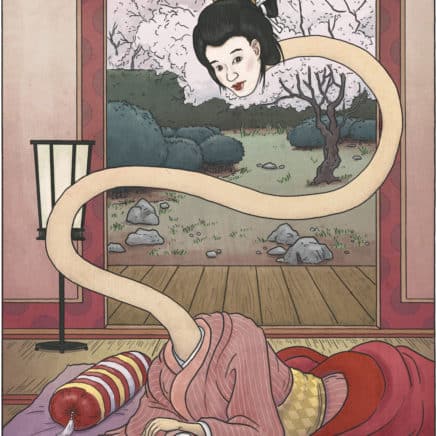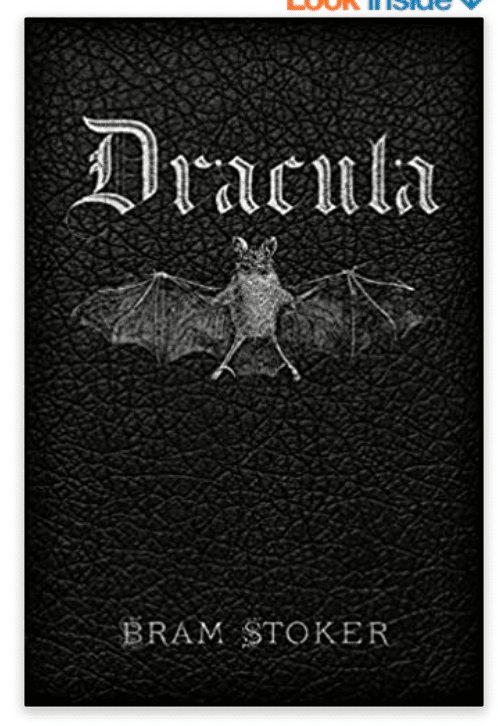Hematophages from Around the World
It’s Halloween season again, and always a fun time to look at the lore of blood-drinking creatures, known as hematophages. In the past we’ve looked at the relationship between vampires and hemophilia—some studies even thinking the lore of vampires may be started with cases of hemophilia, unknown at the time. What are other blood-drinking creatures from different cultures? I found this summary on the internet:
The Chupacabra, from Latin America, which drinks goat blood. It’s a bear-like creature with spines on its back. This myth dates back only to 1995, when a farmer in Puerto Rico found dozens of his sheep drained of their blood with small circular incisions on their bodies.

The Baobhan Sith, a fairy in Scottish lore that drinks human blood, and usually appears as a beautiful young woman wearing a long green dress that conceals the deer hooves she has instead of feet.
Rokurokubi is a kind of Japanese apparition, whose name means “pulley neck.” By day these are regular women. By night, their bodies sleep, while their necks stretch to amazing lengths and roam around. There are two types; the others’ heads come off and fly about, and feast on blood.
Lamashtu is a Mesopotamian goddess/demoness that drank the blood of children. She is depicted as a mythological hybrid, with a hairy body, a lion’s head with donkey’s teeth and ears, long fingers and fingernails, and the feet of a bird with sharp talons.
Jubokko, another Japanese apparition, was once a normal tree that eventually absorbed the blood from battlefields, and became alive as a spirit. Afterward, the tree only craved human blood. When someone passed by, the tree grabbed them with its long branches, pierced their skin, and sucked out their blood.
Yara-ma-yha-who, a creature from Australian Aborginal mythology. The creature looks like a red amphibian- man with a very big head, large mouth with no teeth and octopus-like suckers on the ends of its hands and feet. It lives in fig trees and, like the Jubokko, waits for an unsuspecting traveler to rest in its shade. The creature ambushes the traveler, using its suckers to drain his blood. Then, it swallows the traveler, and goes to sleep. Upon waking, it regurgitates the victim, who is alive, but shorter, and who in time becomes a Yara-ma-yha-who.
And finally, we return to vampires, the kind we are more familiar with, but from China. A jiangshi is known as a hopping vampire, created from a corpse when a cat jumps over it! It moves about by hopping with its arms outstretched, kind of like Frankenstein’s monster. It kills living creatures to absorb their qi, or life force. Like the vampire folk tales we are familiar with in the west, they prowl about at night, and sleep in coffins or dark places such as caves in the daytime.
All cultures seem to love a good scary story, don’t they? And blood seems to always be a component of scary tales—I had a few of my own when raising a child with hemophilia!



